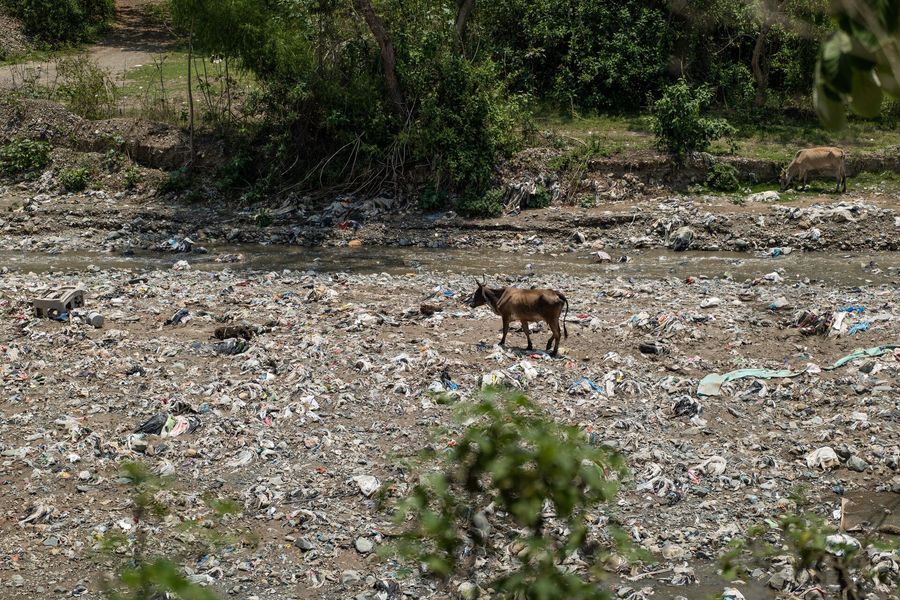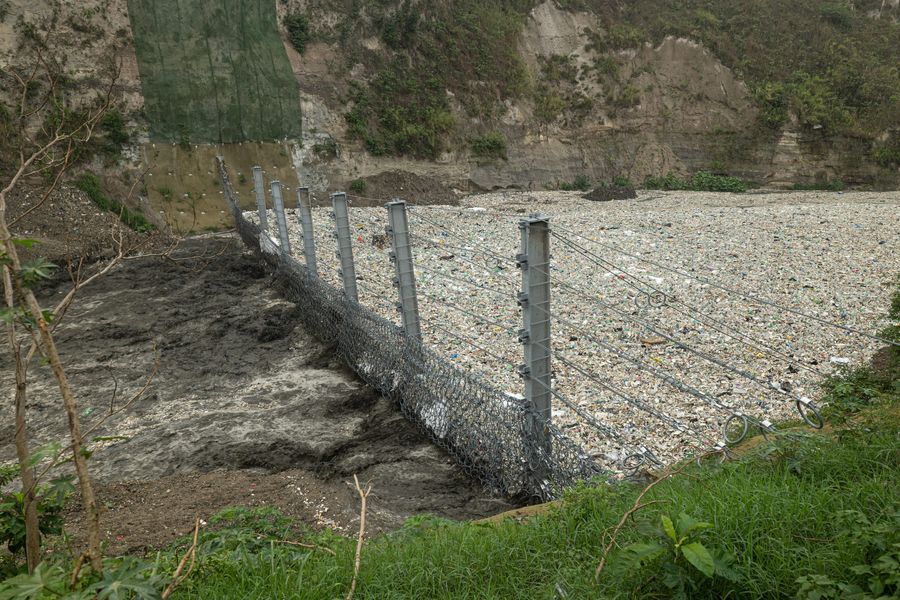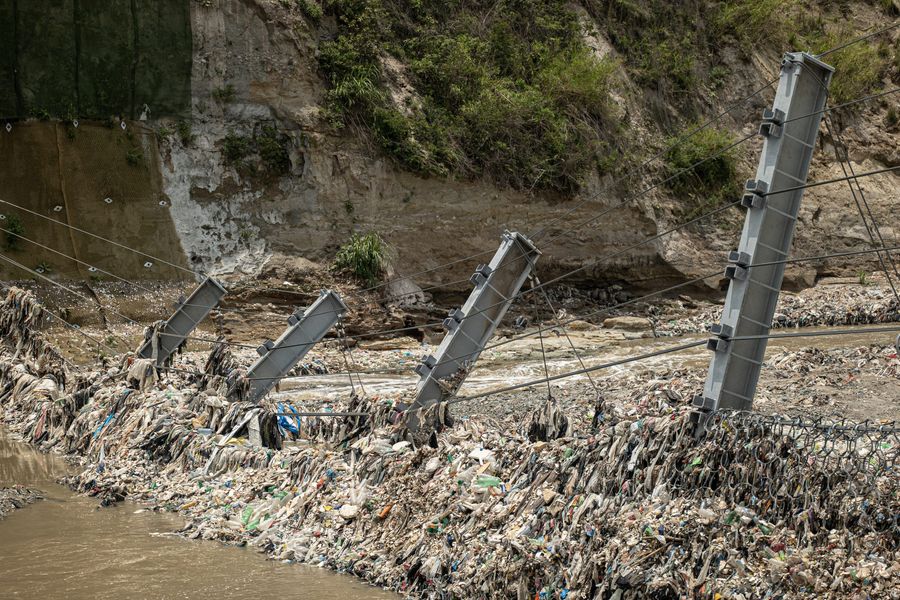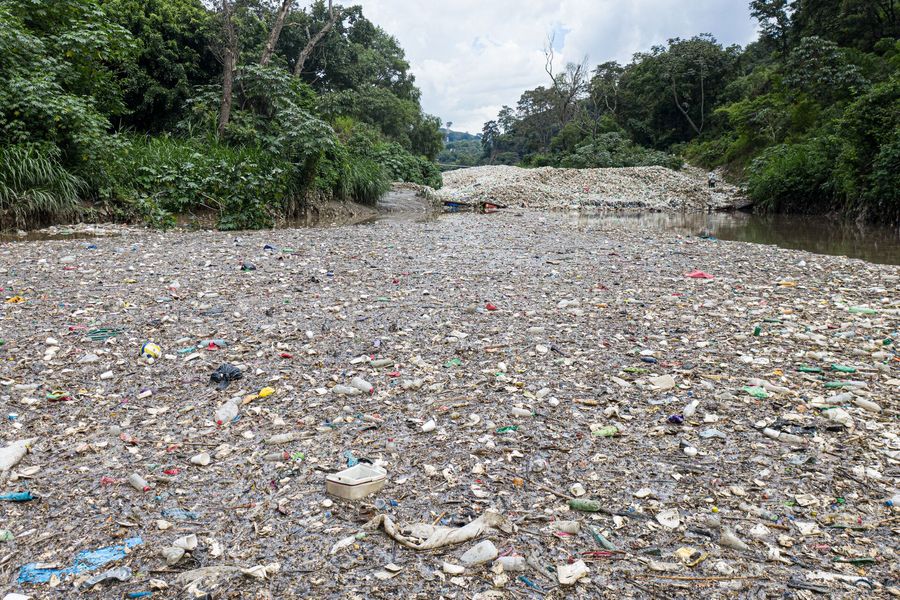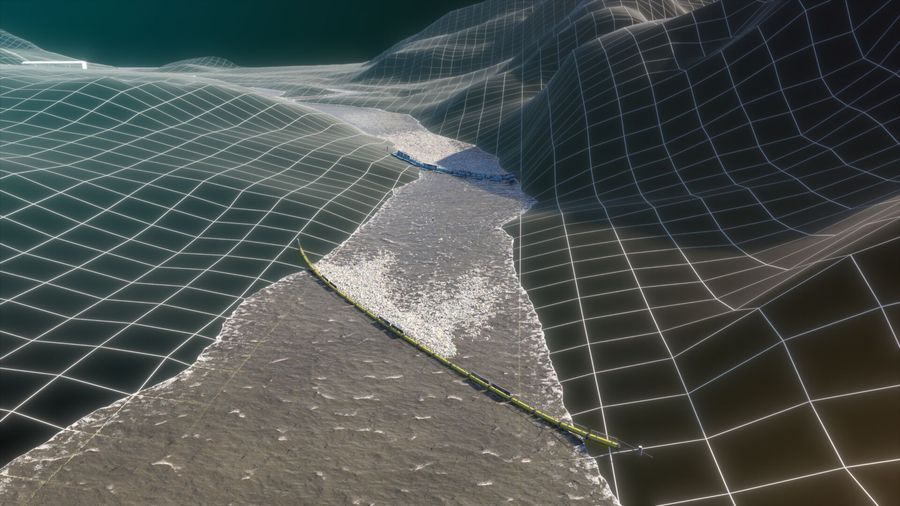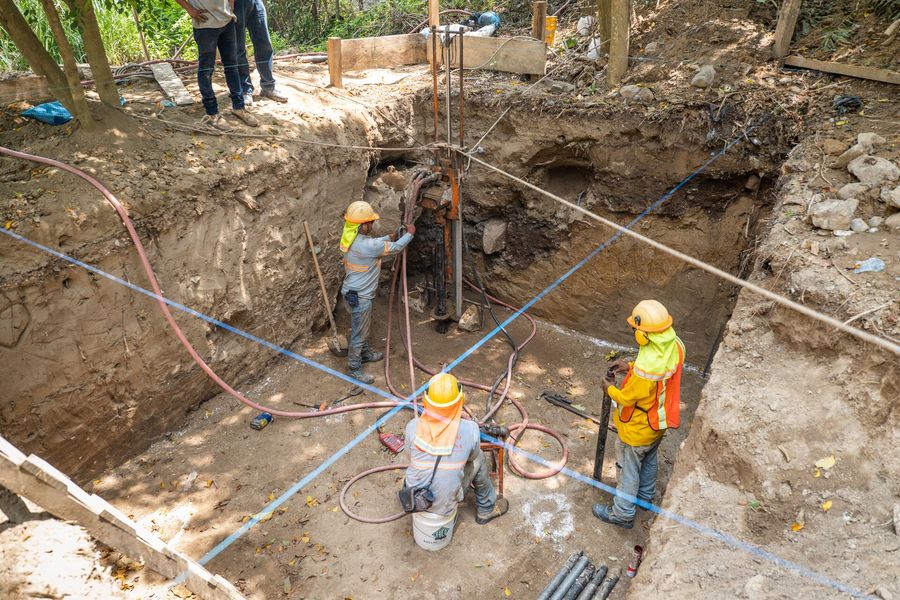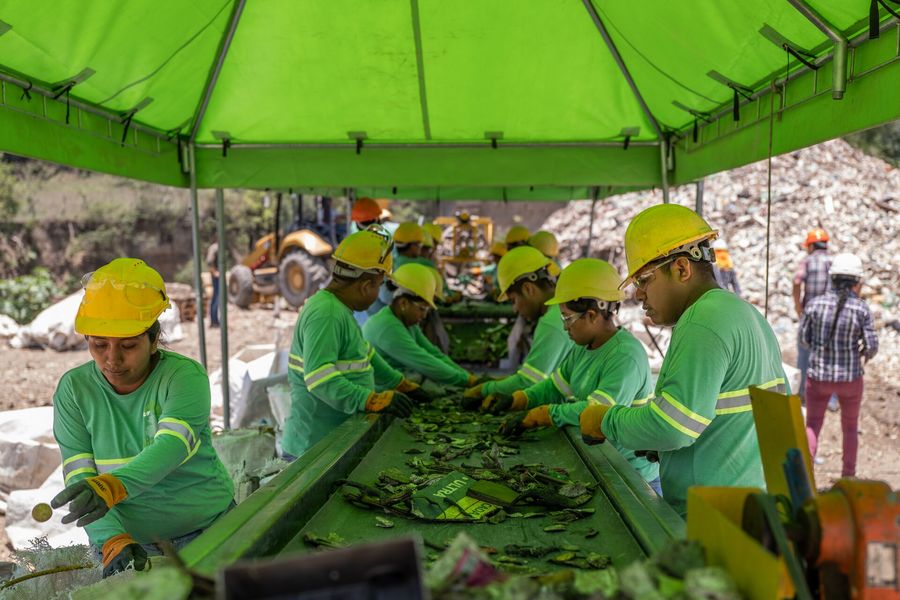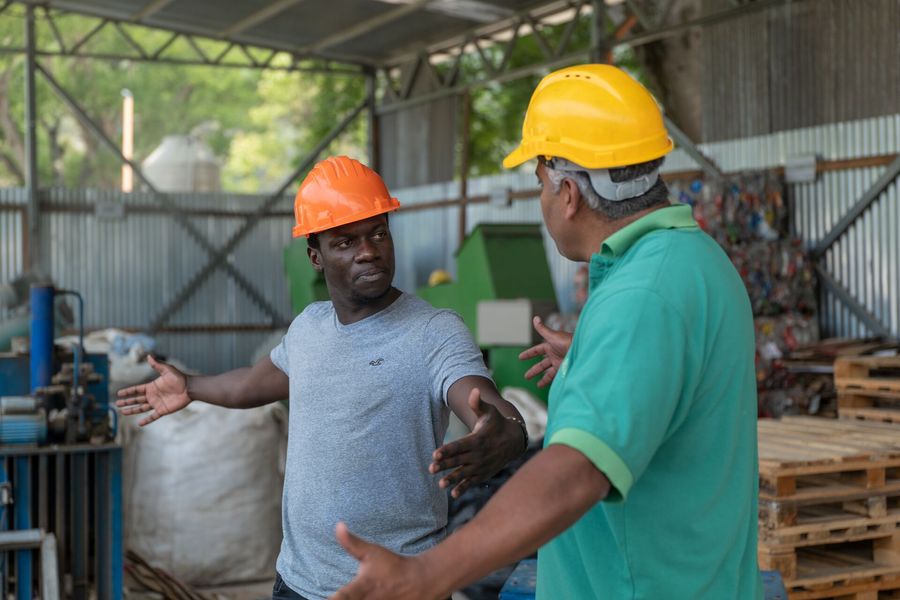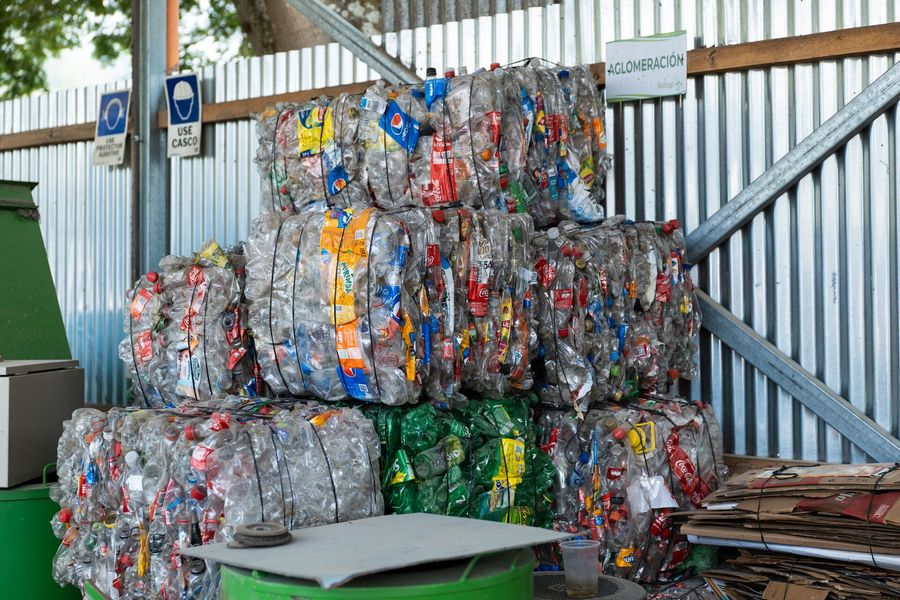
Introducing the Interceptor Barricade: The Ocean Cleanup returns to Guatemala
Back to updatesAt The Ocean Cleanup, our mission is to rid the oceans of plastic. Ocean plastic pollution is a global emergency requiring immediate action, which starts by rapidly cutting the massive yearly inflows of plastic into the oceans from rivers.
We deploy our Interceptors in some of the highest polluting rivers on Earth, providing practical and innovative ways to stop plastic reaching the seas and keep our oceans clean in areas where we can have maximum impact. After our first trial last year, we’ve returned to Guatemala with Interceptor 006 – the latest addition to our portfolio of Interceptor solutions, which we call the Interceptor Barricade – to stop one of the most serious environmental challenges in the world.
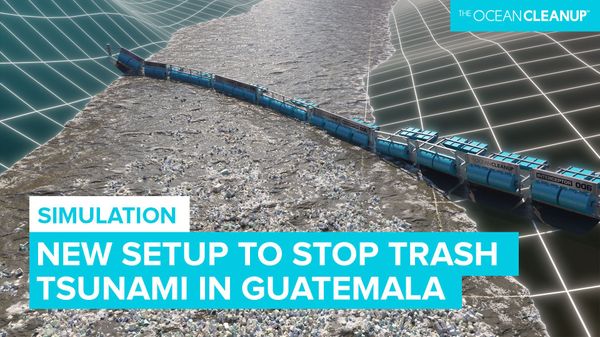
2022 saw The Ocean Cleanup’s first attempt to stop the trash tsunamis flowing from Guatemala’s Rio Las Vacas into the Rio Motagua and from there into the Caribbean Sea. For this, we trialed the Interceptor Trashfence: an 8 meter high fence that was designed to let water pass but block the trash.
Despite initially holding back the tons of waste rushing downstream, our trial was unsuccessful and most of the trash was lost. We’ve spent the last year studying why it didn’t function as planned and coming up with a new plan and, consequently, we’re now deploying a new type of Interceptor in an attempt to finish the job we started one year ago.
This river presents challenges like no other. That’s why we tried to stop these trash tsunamis last year, and why we’re back, with updated learnings, for a second attempt this year. If successful, we believe this project will have a major impact on ocean plastic pollution in the Gulf of Honduras, and contribute to cleaner and healthier waters for Guatemala and the wider international region.
THE RIO MOTAGUA
The Rio Motagua is Guatemala’s largest river, and suffers a variety of circumstances and challenges that have resulted in a significant source of plastic pollution into the ocean from within and around Guatemala City.
The Rio Las Vacas, a tributary of the Rio Motagua, is located close to Guatemala City – a sprawling and growing community of one million people. Like many populous cities in the region, Guatemala City faces challenges in the development of waste management and sanitation systems, particularly in response to extreme weather events. Every year, seasonal rains cause flash floods which bring massive amounts of trash through the Rio Las Vacas, into the Rio Motagua, and on to the open sea. You can learn more about the issues driving plastic pollution in the Rio Motagua here.
The typical challenges of waste management are exacerbated by illegal dumping – plastic and other waste disposed of directly into the river both in Guatemala City itself and in other regions. Local authorities are committed to addressing these issues through a range of initiatives, but these solutions require time to implement successfully – while each year the tsunamis of trash continue to spew into the ocean. Time is a luxury our oceans do not have; impactful change needs to happen now.
THE FIRST ENCOUNTER
In 2022, The Ocean Cleanup trialed the experimental Interceptor Trashfence in the Rio Las Vacas in our first attempt to halt the seasonal tsunamis of trash that occur in this river.
The Interceptor Trashfence was a 50 meter wide, 8 meter tall metal mesh designed in conjunction with mountain avalanche experts and anchored into the river bed, aiming to withstand the huge amounts of trash and hold the plastic waste in place during floods (therefore preventing it reaching the ocean) to allow for excavation and proper management later.
Our initial trial with the Interceptor Trashfence was unsuccessful because the composition of trash in the river meant that once the river met the fence, the water flow was impeded to a greater degree than anticipated. As the water wasn’t flowing through the fence as freely as anticipated, this caused the water to be pushed downwards towards the foundations of the fence, causing rapid erosion of the riverbed around these foundations. The erosion damage caused the fence to give way under the massive forces of the flooding water and tons of trash.
While it was extremely frustrating to see vast amounts of plastic pollution slip through our fingers, the Interceptor Trashfence generated a great deal of useful data and learnings for us, and we knew we weren’t far away from a solution. So, as a crew, we got over our disappointment and got back to work.
THE NEW 006: INTERCEPTOR BARRICADE
We identified the issue that had weakened the Interceptor Trashfence: the foundations. We therefore began development on a new Interceptor 006 solution capable of holding vast quantities of plastic while still permitting sufficient water flow to reduce pressures on the system.
The Interceptor Barricade is a system of extremely heavy duty floating booms placed throughout the river to efficiently capture plastic, while allowing the water to pass freely below the surface.
The Interceptor Barricade is placed in a hydropower reservoir lake, in the Rio Las Vacas close to the city of Chinautla, around 16 km north of Guatemala City.
Because the flow speed here is expected to be lower than at the original location (500 meters further upstream), pressures on the system will be lessened. To design and construct the Interceptor Barricade, The Ocean Cleanup collaborated with Worthington Products, a US-based company specializing in river debris control solutions. This resulted in the development of a two-boom system: one upstream with a length of 51 meters and a second further downstream at 107 meters long to capture anything that the upstream boom cannot.
The booms are each chained to two concrete foundations on the riverbank. By anchoring the booms using foundations that are on dry land (rather than on the riverbed, as with last year’s solution), we can avoid the risk of erosion issues repeating. The foundations consist of large concrete dead weight anchors (for which a total of 144 cubic meters of concrete will be poured), each secured using six 8.5 meter deep piles.
These design and operational choices are all in direct response to the lessons we’ve learned over the last year and aim to give us the best chance of solving plastic pollution in this river on our second attempt.
As with all of our Interceptor deployments, we’ll continue to monitor the performance of the Interceptor Barricade and improve the design and functioning of the system as we gather more operational data. The precise installation of the two booms in relation to each other may be shifted in response to data gathered during operations. We may also increase or decrease the tautness of the anchor chains where necessary, or adjust the steel meshing above and below each of the booms to minimize leakage or improve flotation.
GLOBAL CHALLENGES, LOCAL PARTNERS
To tackle a challenge as significant as this, you need local expertise and reliable partners. Through their support of The Ocean Cleanup and Interceptor 006, the Municipality of Guatemala City have shown their commitment to taking meaningful action on plastic pollution in the Rio Motagua, as part of their wider initiative to protect the environment in and around Guatemala City. Next to the municipality’s support for our project in the Rio Las Vacas, we will also be exploring ways to work together to prevent further plastic from entering the river in the first place.
Our collaborators in Guatemala are also vital for managing the trash we intercept. After the trash has been removed from the Interceptor Barricade (using excavators operated from the shore) it will be weighed on-site to determine the total catch quantities; as with all our deployments these quantities will be verified in collaboration with DNV.
Our plastic catch then passes to our local partners and waste management authorities. In collaboration with Guatemalan NGO BiosferaGT (with the support of The Coca-Cola Company) we have set up a waste sorting center staffed by members of the local community to trial recycling operations for some of our extracted waste. Should this trial prove successful we will look to scale up this scheme.
Ridding the oceans of plastic is an ambitious goal, and The Ocean Cleanup can’t do it alone. We hope to continue working on plastic pollution in Guatemala by expanding our operations across the country, working with both municipal and national government to address any remaining leakage to the ocean.
FINISH WHAT WE STARTED
We came to Guatemala to help prevent an environmental emergency that causes devastation to the marine environment and has serious impacts in the local area and beyond. That ambition has not changed.
The most efficient way to clean our oceans is to prevent plastic entering the oceans in the first place, and the most impactful way to do this is to provide interception solutions in areas with the highest levels of plastic leakage into the ocean. The Interceptor Barricade marks our next step in this strategy and a second attempt to put a stop to the annual trash tsunamis devastating this unique river, and bring us another step closer to achieving our mission: ridding the oceans of plastic.
We are in Guatemala again to finish what we started. Last year millions saw us come desperately close – this year, with the Interceptor Barricade, we believe we’ve got a good chance to get it right.
Keep an eye on the website and social media in the coming weeks to see how Interceptor 006 performs in our second attempt to solve plastic pollution in the Rio Motagua.
Fund the cleanup
Thanks to your donation, we can stop more plastic from rivers.
Join
the team
Do you want to contribute with your skills and build a clean future with us?


